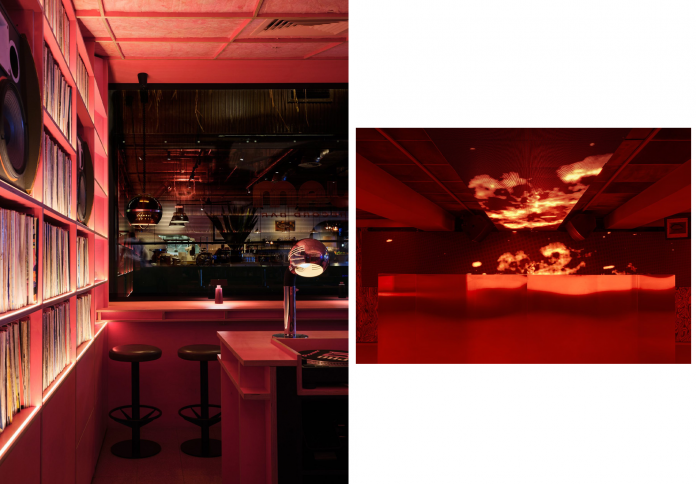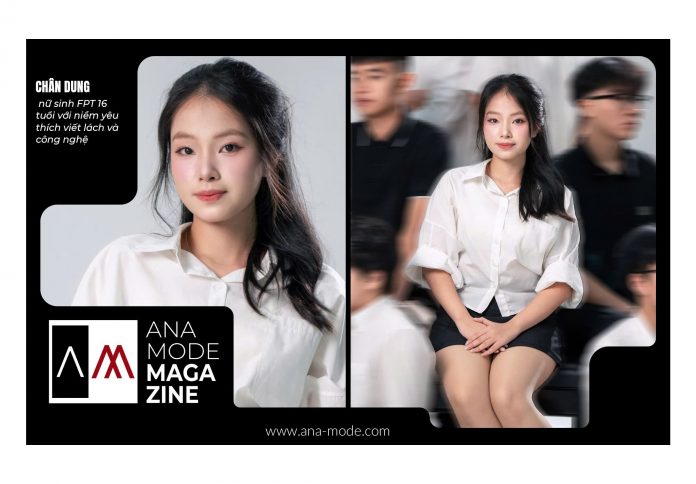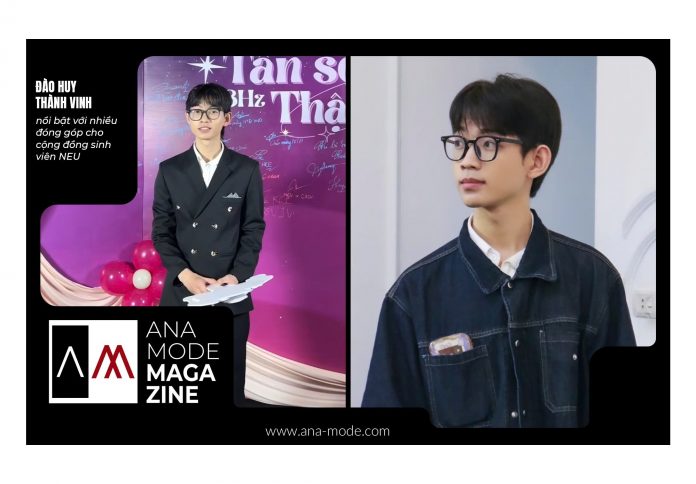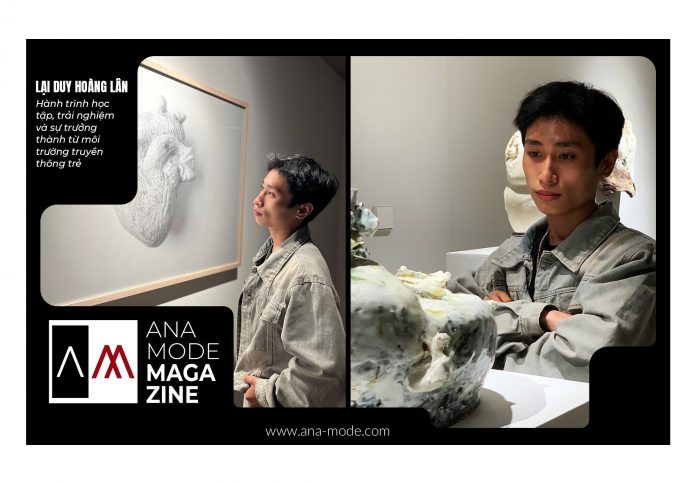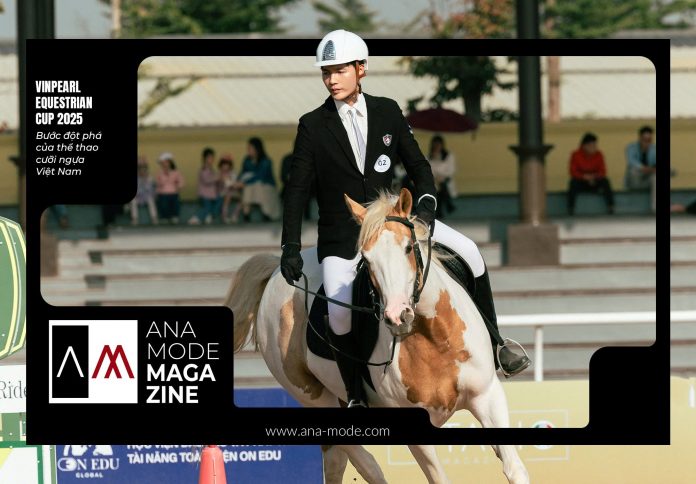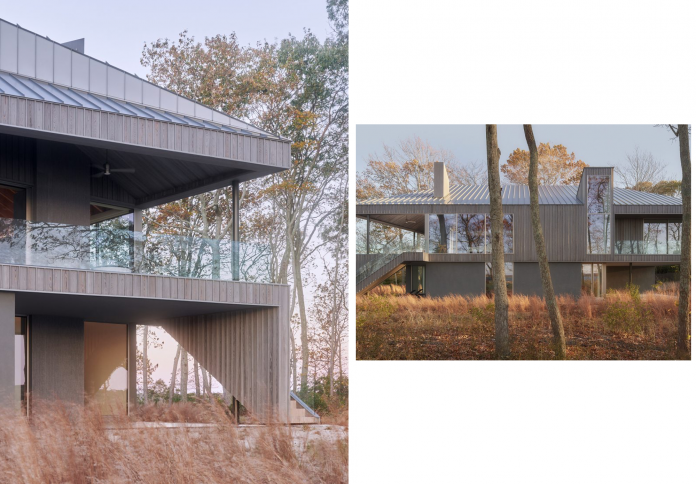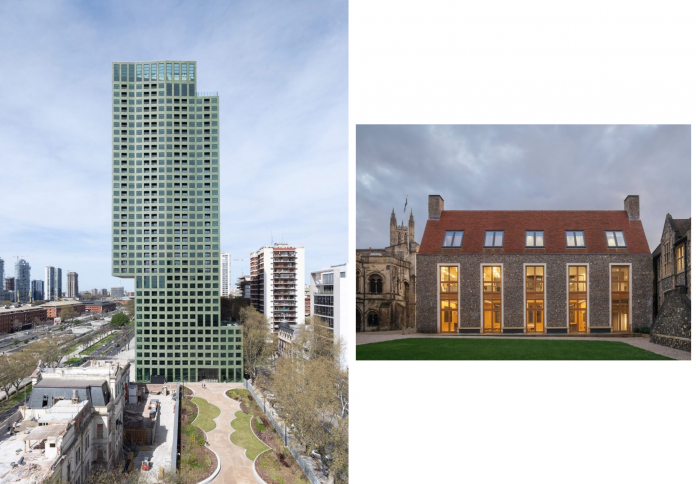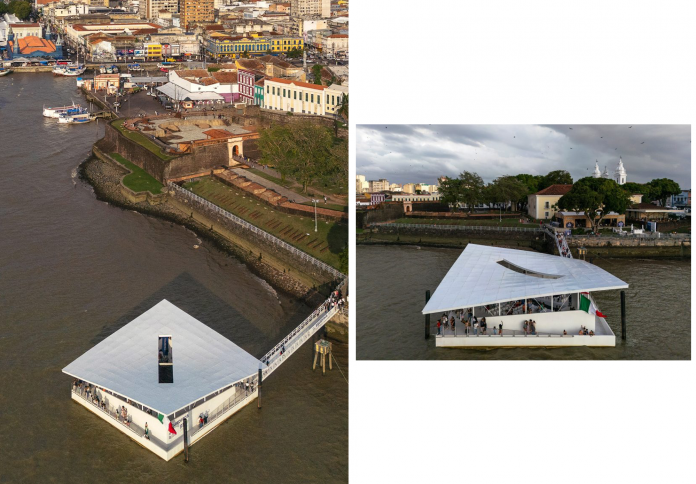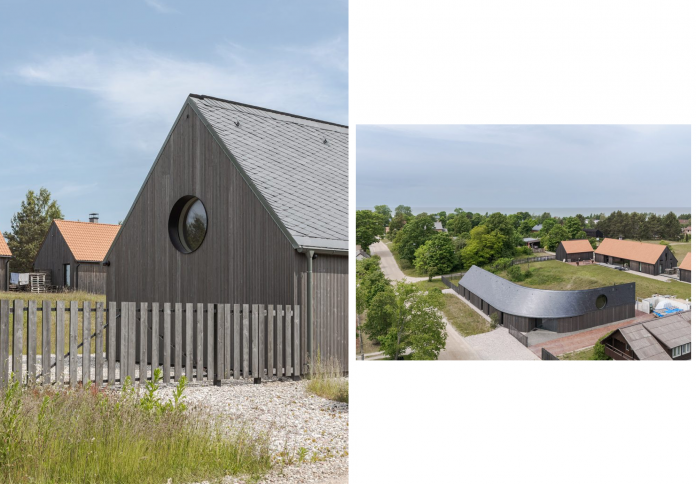With dance music culture experiencing a global renaissance, the architectural spaces that host these social and sonic experiences are receiving renewed design attention. At the center of this movement is the DJ booth, which is evolving from a mere functional station into a powerful mini-gathering hub and an integral piece of interior sculpture. This international lookbook rounds up eight unique interiors—spanning high-end nightclubs, boutique hotel bars, restaurants, and even a bathhouse—where the DJ booth is given prime real estate and elevated to the status of a design centerpiece. Clad in everything from vibrant pink plywood and polished stainless steel to a colossal disco ball, these spaces from Sydney to Tokyo prove that the focal point for music is also the focal point for architectural drama and social gravity.
Sculptural Statements in Nightlife
The most memorable DJ booths are often those that discard mere functionality in favor of a bold, sculptural identity, transforming the equipment station into an artistic monument. The nightclub Supernova in Seattle, USA, is built entirely around such a statement piece: a massive disco ball DJ booth measuring eight feet (2.4 metres) in diameter. Covered completely in mirrored tiles, the booth conceals a semicircle desk for the DJ’s equipment, turning the person behind the decks into the gravitational center of a shimmering, kinetic light show. The booth itself is the namesake “supernova,” ensuring the club’s energy is concentrated around this single, brilliant focal point.

In Brooklyn, New York, Unveiled nightclub, located in the basement of The William Vale hotel, takes a metallic approach to its sculptural form. The booth is clad in a smooth, mirrored cladding that reflects the enveloping blue lighting of the space. The semi-circular booth is dramatically positioned with a dedicated VIP area tucked directly behind it, functionally and visually positioning the DJ and the music as the exclusive core of the venue. The surrounding dancefloor walls are clad in a contrasting hammered metal, creating a raw, tactile environment that highlights the booth’s polished, futuristic smoothness.
The Subtle Integration of Music
In spaces where music is a constant backdrop rather than a deafening blast, the DJ booth must integrate seamlessly with the main interior design rather than dominate it. JAM Record Bar in Sydney, Australia, was explicitly designed to evoke the ambiance of Tokyo’s intimate, mid-century listening bars. This concept relies on subtlety and curated sensory experience, including walls lined with a vast collection of 15,000 vinyl records. The small DJ booth is therefore housed discreetly, tucked into a nook at the end of the bar. It maintains this quiet integration by being clad in the same pink plywood used throughout the rest of the interior, ensuring that the musical nerve center is a natural, texture-rich continuation of the bar’s overall warm, retro aesthetic.

Similarly, the Bursa Bar, located on the ground floor of the boutique Bursa Hotel in Kyiv, Ukraine, features a booth that blends deliberately into the surrounding environment. The space is entirely wood-lined, creating a warm, sophisticated, and acoustically rich atmosphere. The DJ booth stands towards the back and is clad in the same dark wood as the bar and the rest of the restaurant. The only architectural separation is an innovative, mossy green, latticed ceiling installed above the booth and the surrounding area. This element not only subtly demarcates the musical zone but, more importantly, improves the acoustics, demonstrating that integration can be both visual and technical.
Material as Mood Setter
In certain venues, the DJ booth’s cladding is deliberately chosen to intensify the venue’s concept, with the material dictating the light, temperature, and overall mood. In Valencia, Spain, the Oven techno club is, as its name suggests, designed to feel like an intense, enclosed heat source. The atmosphere is achieved through surfaces clad in red and black Alpi wood featuring a rippled burl pattern that visually climbs the walls. Against this aggressively warm backdrop, the central DJ booth and other key surfaces are clad in stainless steel. This material choice is dual-purpose: it provides a cool, clinical contrast to the “oven” concept and also acts as a highly reflective surface, amplifying the club’s warm-toned lighting and creating a dynamic, mirrored effect that enhances the sense of high-energy enclosure.

Another custom design showcasing the power of material is at Side A, a San Francisco restaurant where the focus is on merging design, music, and the culinary arts. Studio Ahead installed a custom-made, bare aluminium DJ booth right next to the main bar. The raw, contemporary finish of the aluminium is deliberately set in front of a contrasting feature wall covered entirely in vinyl records. This pairing—the custom, highly finished industrial metal against the organic, textural mass of the records—visually asserts music’s co-equal status with the bar and the kitchen, positioning the DJ booth as a clean, creative hub for the neighbourhood’s creative community.
Adaptive Reuse for Musical Events

Some of the most innovative DJ booth designs are found in spaces originally built for entirely different purposes, necessitating a design that is adaptable and convertible. The most unusual example is Koganeyu in Tokyo, Japan, a 1980s bathhouse that Schemata Architects renovated to attract a new generation of visitors. As part of this modernization, a central bar was added. Crucially, this bar was designed with the function of being able to convert into a DJ booth, allowing the main room to easily transition from a daytime relaxation space to a nighttime events venue. This is adaptive reuse in its most flexible form, where the focal point for beverage service seamlessly becomes the focal point for musical performance, maximizing the utility of the social space.
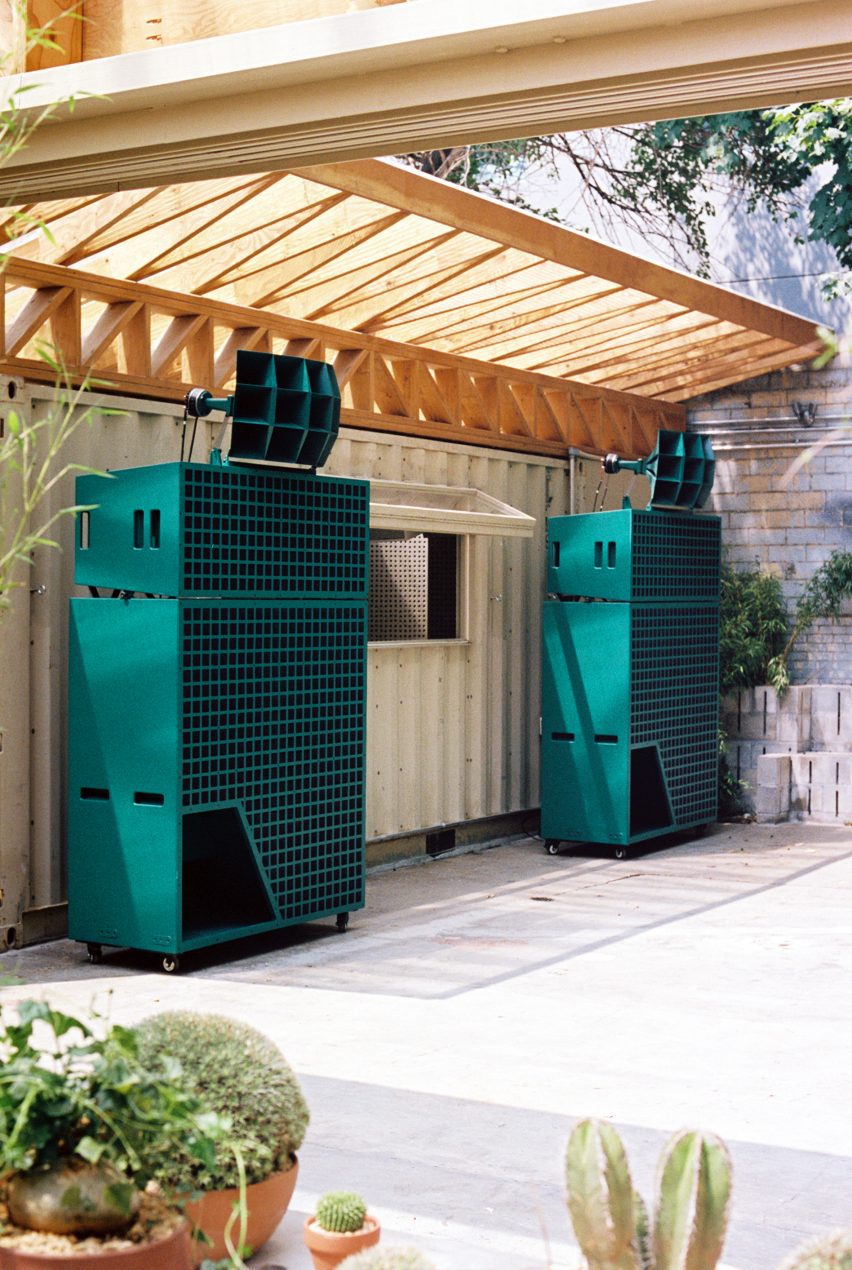
Another striking example of repurposing is The Nursery at Public Records in Brooklyn, New York. This outdoor music venue is an expansion of the main Gowanus complex, utilizing an unlikely structure for its musical station: a shipping container. The minimal interior design, led by Space Exploration, tucks the booth within this rugged, industrial shell. The design’s impact relies heavily on the powerful visual contrast between the raw, utilitarian container and the high-fidelity sound equipment it houses. This is immediately asserted by the presence of two large, teal speakers flanking the booth, which were custom-designed by audio studio OJAS. The result is a space where the DJ booth is not a built-in piece of furniture, but a self-contained, high-performance module, giving the outdoor venue a temporary, almost pop-up feel while delivering an uncompromising musical experience.
